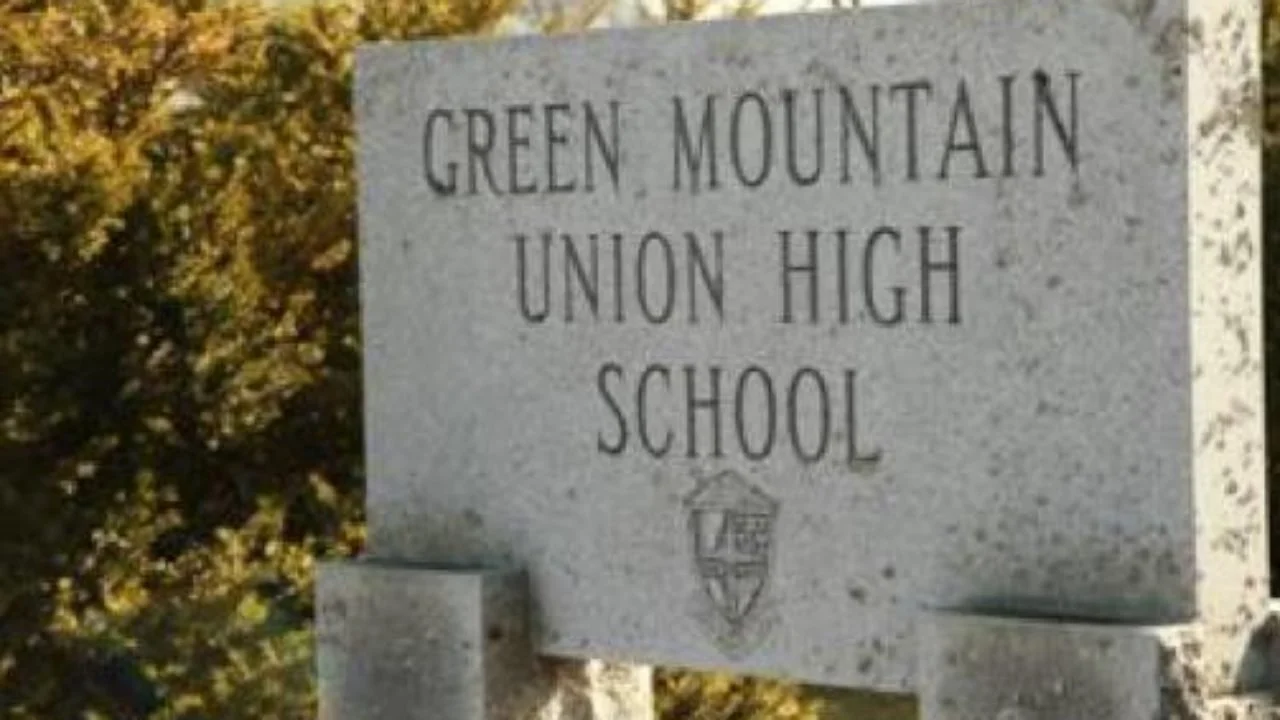PCBs Found at GMUHS
/The Community Forum on PCBs at GMUHS, held Wednesday night, is now available at the Okemo Valley TV Website. Note that this is an evolving story and expect changes and new information in the days and months ahead.
As the result of testing, held on April 10, 2023, Polychlorinated biphenyls (PCBs) have been found at Green Mountain Union High School (GMUHS).
Testing was done in compliance with the 2021 legislation (Act 74), requiring all schools – public and independent – built or renovated before 1980- to test their indoor air for PCBs by July 2024. Note that within the Two Rivers Supervisory Union (TRSU), of the five schools, three (Cavendish, Ludlow and Mt. Holly Elementary Schools) tested fine. Chester Andover Elementary has yet to be tested.
What are PCBs: PCBs belong to a broad family of man-made organic chemicals known as chlorinated hydrocarbons, which were manufactured from 1929 until they were banned in 1979. They were used in electrical, heat transfer and hydraulic equipment; plasticizers in paints, plastics and rubber products; pigments, dyes and carbonless copy paper as well as in other industrial applications.
Health Risks: According to the VT Department of Health (VDH), PCBs can cause serious health effects. The potential for health effects from PCBs, as with other chemicals, depends on how much, how often, and how long someone is exposed to them. Numerous studies in both humans and animals have shown that exposure to PCBs can affect the nervous, immune, reproductive and endocrine systems. PCBs can cause cancer in humans. Moreover, the different health effects of PCBs may be interconnected. This means that if one system of the body is affected by PCBs, it may have significant effects on the other systems of the body, which can lead to many serious health problems.
At a special meeting on Wednesday evening, June 7, representatives from the Vermont Department of Environmental Conservation (DEC), Agency of Education (AOE) and VDH were on hand to explain testing results, answer questions and to discuss next steps.
In terms of health risks, an audience member brought up that at one time GMUHS housed a pre-school program, which some children attended for three years and then spent an additional six years from 7th-12th grade. With the state’s action level standards of 30 ng/m3 for Pre K, and the high levels found-see below- could these children be at risk? No definitive answer was given.
Test Results: Vermont uses an acceptable level of 100 ng/m3 for PCBs for students in grades 7 through adult. For air testing purposes, the school was divided into three zones, with 30% of each zone tested. The following averages were obtained for each zone:
• Floor 1: 148 ng/m3
• Floor 2: 143 ng/m3
• Floor 3: 323 ng/m3
The highest levels were seen on the 3rd floor: Stairwell 2 (600 ng/m3); Room 309 (560 ng/m3); Stairwell 3 (500ng/m3); Rooms 301 and 307 (360 ng/m3). Outside air testing was fine, though no specific data was given.
Action Required: The state standard calls for any immediate action for an area with 300 ng/m3 or more, which would be seven of the places tested, and “action” for any space 100 ng/m3 or above. Of the 45 places tested, 35 were at or above the accepted state level.
Next Steps: An environmental consultant has been hired and further testing and identifying the sources of the PCBs should be underway by the end of the month. As Superintendent Lauren Fierman noted, “We’re just at the very beginning of what will be a very long process.” It will most likely be sometime in mid-August before the public will be notified of results, though Fierman indicated that the public will be kept informed throughout this process. She also noted that because the school is large, with a lower student occupancy, there would be more options in closing down spaces and using other areas.
One of the remediation options discussed was the use of carbon filters. While the school was equipped for air filters to reduce Covid risks, they have not been using carbon filters, which can significantly improve air quality.
Ultimately, the goal is to keep the school open and safe for students, faculty and staff, while remediation is underway.
Immediate Plan: No changes will take place for the remainder of this school year, based on the recommendation of VDH. The last day of school is June 16th.
Summer: Changes will be made on the use of spaces on the first and third floors to reduce exposure.
Fall: Assessments will be done this summer for the 2023/2024 school year.
Paying for Remediation: To the question of funds to help with paying for the cost of remediation, both Senator Dick McCormick and Cavendish Representative John Arrison spoke. With the Governor having vetoed both the state budget as well as child care (H.217) the legislature will be meeting later in June to override the vetoes and/or draft a new budget. One way or the other, allocations will be made for school remediation costs due to PCBs. Will it be enough to help all the schools who are finding PCBs remains to be seen.
For more information on PCBs in Vermont schools, check out the Dept. of Environmental Conservation’s website PCBs in Schools. Trish Coppolino, the Senior Environmental Program Manager who lead the discussion at Wednesday’s meeting can be reached at 802-249-5822


